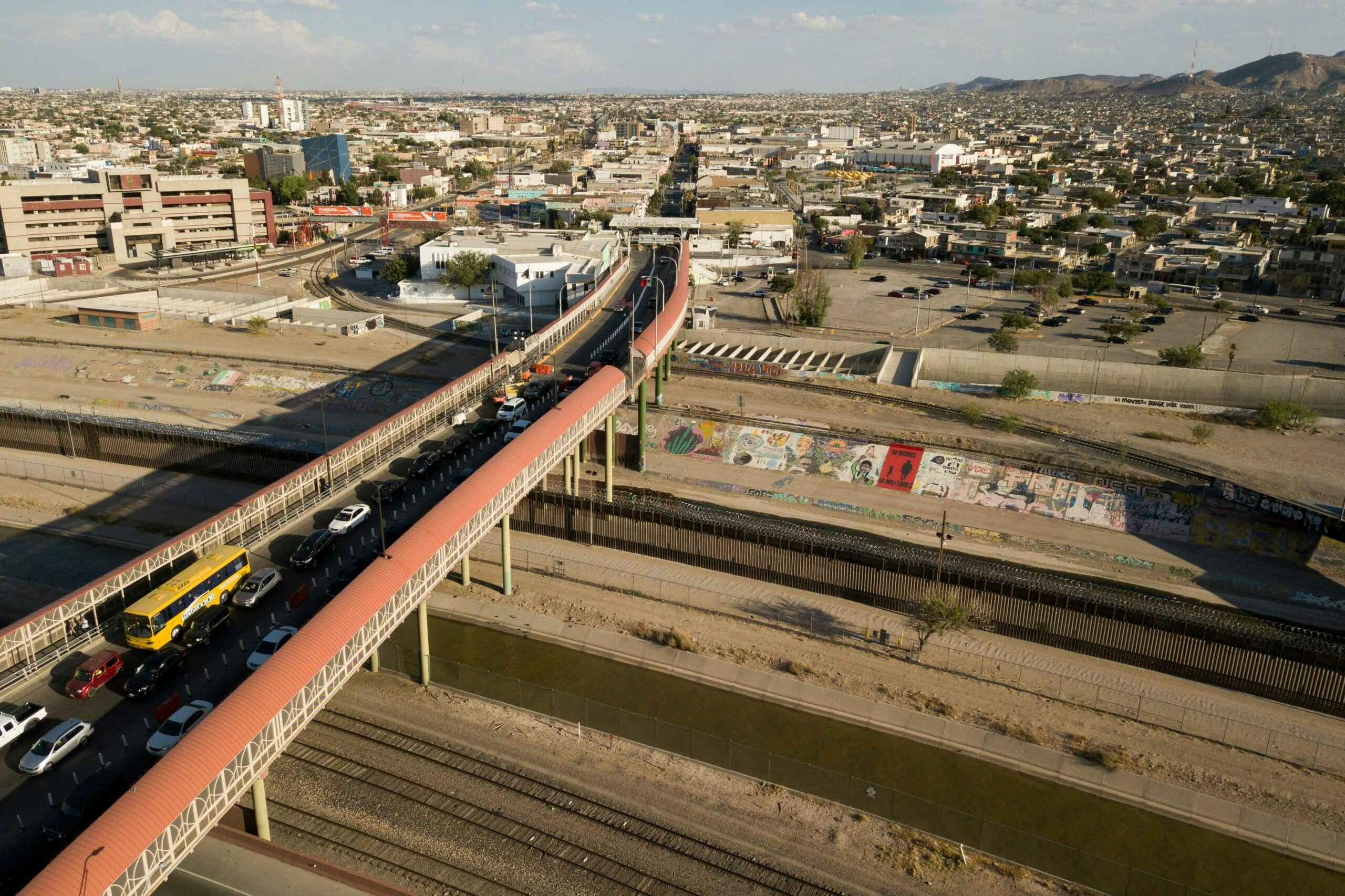An-Me Chung, 2015 Presidential Leadership Scholar and Director and Strategic Advisor for New America, discusses her passion for education and the lessons she learned in the Presidential Leadership Scholar Program.
Please tell us a little bit about yourself and your personal leadership project.
Like many immigrants, my parents grew up during a war and dreamed of coming to the U.S. We were extraordinarily fortunate to live in Tennessee, Illinois, Indiana, and Arkansas, where community members gave us a sense of belonging by helping us navigate new languages, different cultures, and the education and professional systems. I think about the kindness of strangers, such as the family who allowed us to spend the night in their van in rural northern Indiana when a snowstorm struck as we were driving home, and the owner of Susie Q Malt Shop – an icon in Rogers, Arkansas – who defended my family and gave me a summer job.
I think about my kindergarten teacher, Miss Taylor, who often walked me home after school, and explained to us who Smokey Bear is and why people dress up in strange costumes on Oct. 31 and cut down a live tree to put in the middle of one’s living room in December. Miss Taylor was the beginning of a myriad of public schoolteachers, professors, mentors, and educators who made such a difference in my life. It was their encouragement and influence and the allyship of some many generous people that led to a career working in education. It was also those who were not as kind who inspired me to work toward ensuring that all young people have access to good education.
My PLP was hosting a summit with invited state teams to design strategies and tactics for making after-school learning count toward high school graduation. As a result, five states – Maryland, Michigan, Ohio, Oregon, and Rhode Island – implemented digital badging systems. In 2015, the transition away from the traditional “Carnegie unit” and seat time, in favor of competency-based education allowing students to demonstrate mastery of academic content, regardless of time, place, or pace of learning was occurring. Digital badging became an opportunity to provide innovative and cost-effective mechanisms to document and validate the learning both in and out of the classroom including libraries, museums, school-based or community-based afterschool programs, youth development or summer programs.
The digital badging system has continued to grow and prosper in both the classroom and out of school time programs. For example, the South Carolina Afterschool Alliance, the Richland County School District Two, the South Carolina Department of Education, and the Richland County Library, provide high school students interested in Health Sciences and entering the healthcare field the opportunity to attend hands-on seminars, and earn digital badges and high school credit for completion of courses.
Please give us an update on what you have been working on since completing the Presidential Leadership Scholar program.
After completing the PLS program, I like other fellow scholars, reassessed my job fit at the time, left the position and consulted for organizations on strategic planning, organizational and board development, grantmaking systems, developed and managed 10 communities across the country developing computer science for all ecosystems. I also helped the PLS staff support the PLS alumni network.
I am currently the Director of the Teaching, Learning & Tech program and Strategic Advisor to the Education Policy program at New America. My focus is on advancing policies and practices that support educators and other professionals’ use of technology in promoting more equitable systems of learning for all young people across in-school and out-of-school-time settings. I am also the Co-Founder of build4good, an intern-mentorship initiative at New America for postsecondary students and nonprofit organizations. It aims to inspire a diversity of future leaders to develop civically minded technology and help nonprofits harness the power of technology for social good.
Which lessons learned during the Presidential Leadership Scholar program have stayed with you the most, and how have you put them into action?
Working through case studies and exercises with a curated network of people with similar values, but diverse thoughts and experiences, has been key to understanding how powerful different perspectives are to problem solve for change. It has made me a better listener, communicator, and collaborator. I integrate these techniques and lessons in all my work since PLS, particularly being part of the Education Policy Program at New America. This is even more poignant now given our deeply divided country.
What drives your work with the New America build4good initiative, which matches and mentors STEM college students with internships in mission-driven nonprofits?
In the spring of 2020, college students’ summer internship offers were being revoked amid the COVID-19 pandemic crisis. An intern (Co-Founder of build4good) and I saw an opportunity to find ways for students to positively use their tech skills amid the isolation, provide nonprofits with much needed tech support, and, more importantly for me, grow future public-interest technology leaders.
Entering its sixth summer, the program helps students explore different career paths while exposing both students and nonprofit organizations to new ways of harnessing the power of technology for the public good. Regardless of ultimate career path, build4good interns learn about a bigger world that is directly linked to social change and the need to build responsibly. build4good was inspired by the PLS program, and many aspects of the modules have been adapted into the internship. My first calls for potential host organizations were to the PLS network, and I am eternally grateful to those who have taken a leap of faith, particularly that first summer, to host and mentor a build4good intern.
Recently, build4good teams made up of student interns, educators, developers, designers, advocates, and data scientists gathered to develop edtech tools to better use open education resources (OER) for serving students with disabilities. What were some takeaways from this joint effort, and how do you see AI being used for education in the future?
Similar to the core principle of PLS, diversity of voices and perspectives on each team was important. Team members were able to learn from and with each other about the roles and skills needed to build edtech tool prototypes that truly reflect the needs of the potential user – in this case learners with disabilities. One participant, an educator, wasn’t sure how she would make a difference, but she quickly realized that her voice contributed to creating a useful and necessary tool. And because teams were responding to real problems to solve, the experience for every team member was meaningful and productive. As one build4good intern said, “It was great to actually build something.”
Generative AI, a type of AI that can create new content, has sparked both excitement and concern in education as well as other fields.
On the plus side, generative AI could support longstanding challenges in education, such as consolidating information more efficiently, enhancing personalized learning, helping educators customize curriculum for diverse needs of all students, and supporting collaboration among educators. Generative AI can also streamline education systems and practices. For instance, AI could automate administrative tasks, freeing up educators to focus on helping young people develop mindsets and critical thinking skills – essential for problem-solving in today’s world.
Generative AI can transform assessments by gathering data in real time to help educators better understand individual student needs. It could also revolutionize the way individualized education programs (IEP) are managed by simplifying and enhancing communication between educators and families. An IEP is a plan that outlines the specialized instruction and services that a child with a disability needs to succeed in school. AI could also translate materials into native languages and into clear and simple terms that are accessible to families.
However, there are inherent risks to integrating AI, including bias and discrimination, privacy and safety, and transparency and ethical dilemmas, that require thoughtful and careful consideration and a holistic approach. Our education institutions need to safeguard student privacy and ensure that the use of AI is free from algorithmic discrimination by building a strong data infrastructure; incorporating inclusive and research-backed AI design; building capacity among contributors, leaders, and learners; and requiring human oversight and intervention. While AI can do a lot, it is a tool, just like any other tool, and it requires human input to provide the desired results.































